Often referred as the “Taj of the South”, the Paigah tombs are a symbol of architectural brilliance and remarkable creativity. Cliched as it may sound, the tombs located in the Santosh Nagar area of Hyderabad are truly a hidden gem. While the old city is synonymous with the iconic Charminar, Golconda fort and the more famous Qutub Shahi tombs, a visit to Paigah tombs is sure to leave with deeper insights into the history, culture and heritage of Hyderabad.
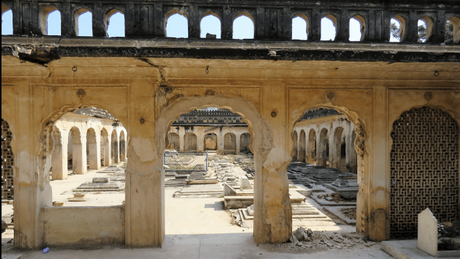 Paigah Tombs in Hyderabad
Paigah Tombs in Hyderabad
Located just about 4 km from Charminar, the Paigah tomb complex has a total of 27 tombs which serve as the resting place of Paigah family members. A stunning combination of architectural styles that include Persian, Deccan, Mughal, Rajputana, Asaf Jahi as the Indo-Islamic styles, the tombs are literally poetry in lime and mortar and preserve a rich history that dates back 200 years.


Paigah Family
Ranked second only to the Nizams, the Paigah family exercised a great amount of influence and power in the princely state of Hyderabad during the 18th century. Great patrons of art and literature they were related to the Nizams through matrimony and were staunch supporters of Asaf Jah. The term “Paigah” means pomp and rank in Persian and the Paigah nobles were aristocratic and held important positions during the rule of the Nizams. They built several palaces including the famous Faluknama palace in the city.
Mosque and tomb complex
As you first enter the seemingly unceremonious complex through a traditional large door, you notice a landscaped garden and several arches beyond. Nothing can prepare you for the intricate craftsmanship including the exquisite carvings and delicate patterns on the walls as you enter the main area of the tombs.

Starting with a stately mosque facing west, the twenty-seven tombs are built adjacent to each other from west to east. The mosque is a beautiful structure that is built on a raised platform in typical Islamic style. Overlooking a small artificial water body, the main structure has three arches above which is an ornate wall supporting the minarets that are adorned by detailed patterns.
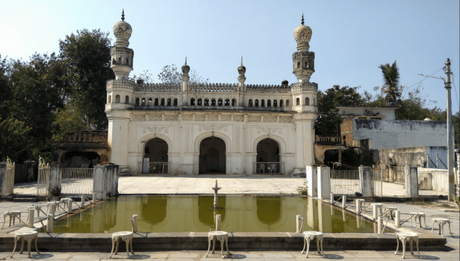
The first tomb is that of Nawab Taig Jund Bahadur whose name was Abul Fateh Khan. A valiant soldier he was conferred several titles and was popularly known as the “Sun of the Nobles”. The next tomb is that of his only son Fakhruddin Khan, Abul Fakhr Muhammed who was the first member of the Paigah family to be related to the Nizams and the house of the Asah jahs through matrimony. Likewise, there are the tombs of several important members of the Paigah clan, each built uniquely with exquisite inlay work and elaborate wooden doors. Some tombs are embellished with pietra-dura mosaic work in precious stones which were known to change colors per the season. The Tomb of Asman Jah and Begum Khurshid Jah are most popular due to the superlative lattice work and perfectly crafted symmetric geometric patterns.

Unparalled trellises and stucco work
This by far the most differentiating feature of this heritage complex. The ornamented pillars, jallis/screens, carved panels and roundels on the tomb facades are not only elaborate and symmetrical but perfectly finished.
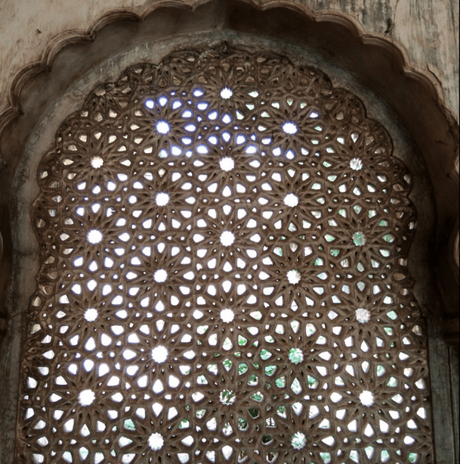
The magnificence of the canopies, beauty of the pineapple, flower and vase motifs and the variety of the geometrical and floral patterns of trellises is awe inspiring. The elaborate patterns in stucco on the walls and the bulbous minarets are a picture of grace and elegance.
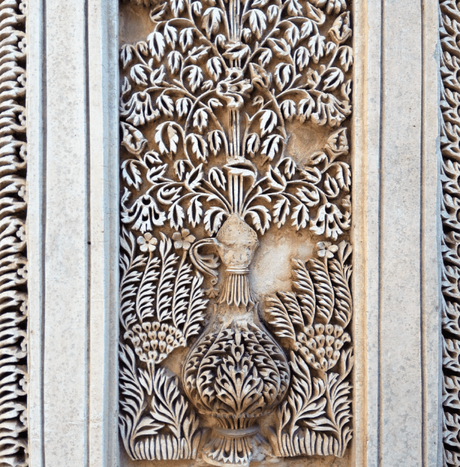
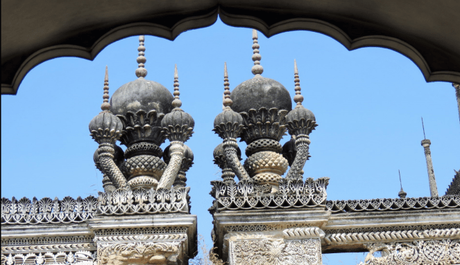
Extensive restoration and repair work has now been undertaken by the Union Tourism Ministry to revive this architectural marvel of Hyderabad.
This article was originally published in The Tribune here. To read about more attractions in Telengana and Andhra Pradesh click here and here.
